Building Automation makes it possible to manage, in an autonomous and automatic way, the technological systems of an entire building, checking that all functions are regularly performed and integrating them if not.
the automation of the functions of all the systems present in a building, allows to optimize their performance, increase the levels of liveability, comfort and safety within the rooms.
This is even more true in non-residential buildings, such as hotels, offices, schools, universities, multipurpose buildings, where the ability to automate some ‘repetitive procedures’ is essential to improve the overall performance of the facility, where incoming data and outgoing are greater than a house.
The main advantage of managing the systems in an integrated and automated manner consists in having a supervision and control infrastructure capable of maximizing energy savings, comfort and safety of the occupants, also guaranteeing integration with the electrical system of which the building is part.
The most automated procedures in non-residential buildings include intelligent lighting management, temperature control, access control, fire detection, etc. In this way it is possible to know when an area is occupied and how many people are in a room, allowing you to adjust the air conditioning, or you can know when to illuminate the environment, through motion sensors, or set the air to shut off. conditioned when a window opens and vice versa when the window is closed.
The legislation on Building Automation is essential for achieving significant results in the field of energy efficiency and for this reason some standards prescribe the requirements and obligations of new buildings. For example, four classes of building automation systems are defined based on the automation functions implemented:
Class D: a system in which there is no automation function;
Class C: a system that implements a minimum number of automation sub-functions for each building automation function;
Class B: a system that adds centralized management of the individual systems inside the building to the functions of Class C;
Class A: a system that allows management similar to Class B while allowing to guarantee high energy performance.
Showing all 5 results
-
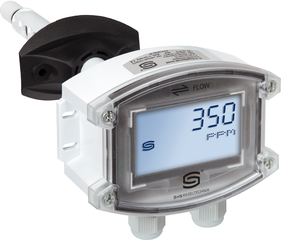
AERASGARD® KFTM – LQ – CO2 Air humidity, temperature, CO2 concentration and air quality (VOC) transmitter
Read more -
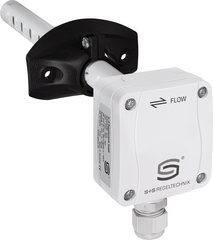
AERASGARD® KLQ-SD – air quality VOC volatile organic substances transmitter
Read more -
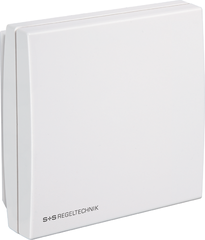
Indoor Air Quality Sensor (VOC) and measuring transducer AERASGARD® RLQ-W
Read more -
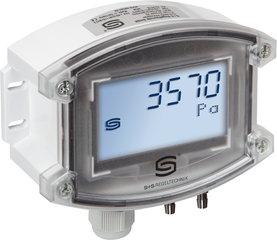
PREMASGARD® 711x pressure sensor transmitter analog output
Read more -
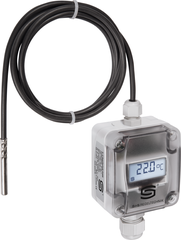
THERMASGARD® HFTM temperature transmitter
Read more
